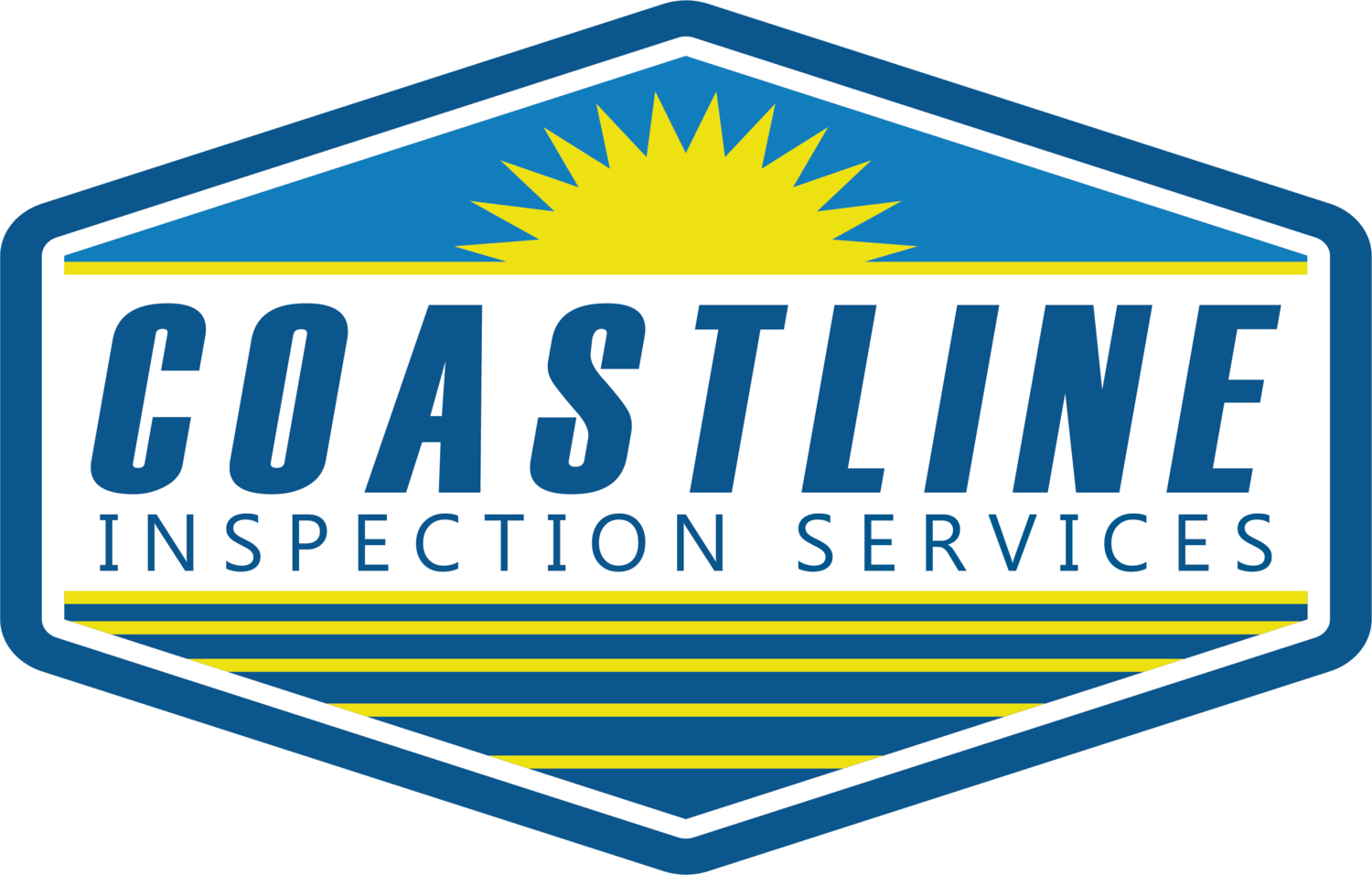Landscaping
Average return at resale: 100 percent
The average homeowner spends about $3,502 for landscaping and $1,465 on a designer, according to the American Nursery Landscape Association. Not sure where to start? Local garden centers often offer free design services, or ask the neighbors what works for them. Sod costs about 30 to 35 cents a square foot, so a 5,000 sq. ft. yard would cost about $1,500 to sod. Budget for delivery fee if you buy less than 1,000 sq. ft. of sod. A splash of color at the front of the house is an eye-catching plus. For maximum impact, use one color and vary the height of plants. If your doorway is overwhelmed by greenery, get out the shears. Replace overgrown shrubbery with flowering foundation plants, mixing heights and colors for dramatic effect. A charming focal point like a walkway and fountain adds major value to your property. Roll a sealant on flagstones for a permanent wet look that enhances the color.
Minor Kitchen Remodel
Average return at resale: 98.5 percent
A minor kitchen remodel averages $14,913 for $14,691 at resale, a recoup rate of 98.5 percent. Do a minor remodel when your kitchen needs a cosmetic update and not a drastically different floor plan. A $15,000 kitchen update covers 30 feet of re-facing for cabinets and drawers, a new wall oven, cooktop, sink and fixtures, laminate countertops and resilient flooring. Put recessed lights 3’ to 5’ apart on center and 18" from cabinets to light the countertops. Running the lights between two joists is easier than running through the joists. Cover old vinyl with floor leveler so the pattern doesn’t bleed through. You can’t put a second layer of vinyl on if the subfloor is below-grade concrete. Brighten up the kitchen by sanding and painting existing cabinets. It's much less expensive than buying new ones. Add decorator detail without the cost by changing drapes and window molding
Minor Bathroom Remodel
Average return at resale: 102 percent
It costs about $10,500 to replace the tub, tile surround, floor, toilet, sink, vanity and fixtures. You’ll get back an average of $10,700 at resale, a recoup rate of 102 percent. If your old tub is too large to fit out the door, re-glaze it for a like-new finish. Cost: $300 to $400. Remove dated wall coverings and apply a fresh coat of paint. For damaged walls, spray-on texture provides quick coverage. Replace old shower doors or remove them to add the illusion of space
Major Bathroom Remodel
Average return at resale: 93.2 percent
A major bathroom remodel involves expanding an existing 5x7 ft. bathroom, relocating and replacing the tub and toilet and adding designer sinks and faucets, a linen closet, lighting, a ceramic tile floor and exhaust fan for a cost of $26,052, which brings in $24,286 at resale. Start at the bottom. Replace old floors with fresh tile in ceramic or stone for a solid payoff. Buy extra tiles in case you break any during installation. Set some tiles aside at the end of the job for future repairs. Give an old vanity a facelift with a new countertop for a clean, fresh look buyers will love. Use eye-fooling tricks to make a small bath look larger. A new pedestal sink is a smart replacement for an old cabinet. The smaller footprint gives the illusion of space.
Replacement Windows
Average return at resale: 89.6 percent
Replacing ten 3x5 ft. windows runs about $9,700. On average nationally, you’ll get back $8,700 when you sell, a recoup rate of nearly 90 percent. Big city window replacements pay off. The average homeowner recoups more than she spends on replacement windows in San Francisco, Seattle, Orlando, Miami, Chicago, NYC and Boston. For hot climates, there’s low-e glass that reflects heat. And for maximum efficiency, add argon gas inside the pane to prevent heat and cold transference within the window.

